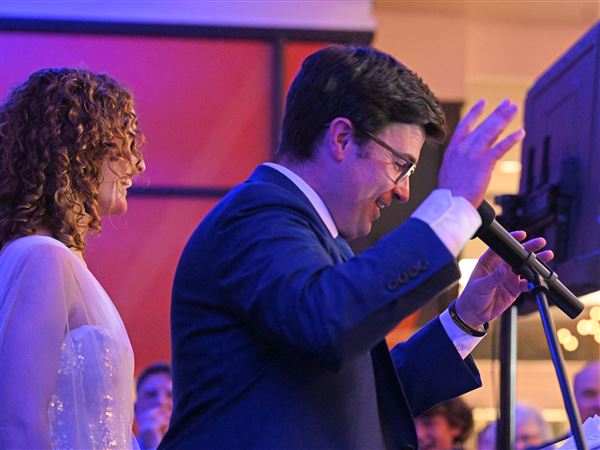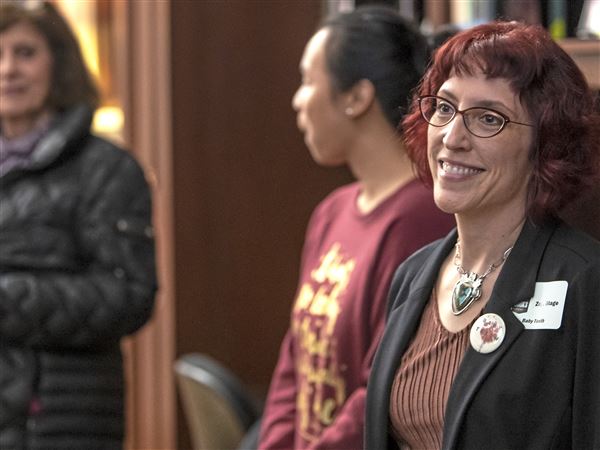Convergence is a word that seems to have disappeared from our vocabulary -- after years of hearing it repeated in almost every media outlet. We used to use it to talk about how computing, networking and media (especially TV) were getting closer and overlapping.
We no longer have to dream about convergence because it has hit almost all of us. If we don't have a Web-enabled phone that plays YouTube videos, we have a digital video recorder (DVR) such as TiVo or a game console such as X-Box with a built-in DVD player.
In recent weeks, the noise level got even worse with the introduction of the iPhone. This device brings convergence to glorious new heights -- even if we no longer call it convergence.
Yet in the midst of this decade-long media storm, the idea of local convergence hasn't had the same growth. It's been limited pretty much to local TV station Web sites and an occasional newspaper video blogs (vlogs). The Post-Gazette's David Bear does a weekly vlog, and David Pogue of the New York Times does a weekly video. (Hey, I'm a David, too. Am I missing the boat?)
It's this sparsity of local convergence that makes a recent announcement by Verizon worth a look. The company has launched a local "TV station" with news, weather and sports video clips service in 48 markets, including Pittsburgh. Verizon partners with a local TV broadcaster in each market -- in Pittsburgh, it's WPXI.
You may ask, "So what?" because you already have a Web browser on your phone that can pick up weather from weather.com and sports from espn.com -- as well as news. The difference is that this new Verizon service comes through its V Cast multimedia offering, not through your phone's Web browser. The V Cast technology was built for multimedia. Browsers typically are built for text and small graphics, with multimedia as an afterthought.
That should mean a better viewing experience than pulling the media clip from the station's Web site. And since it's from your local TV station, it will have more local content than the national broadcasts that you would usually use.
Of course, there are problems, too. The Verizon Blackberry World Edition I'm currently carrying can't pick up the broadcasts, because it is not V Cast enabled. Yet it can browse to the local station. But don't gloat about beating the system yet. I pulled up WPXI mobile on the Blackberry's browser and couldn't find any video -- just plenty of news in text format, even though I can watch videos on the Blackberry.
Verizon charges $15 a month for a subscription to V Cast -- about the same price as a Napster audio subscription. But you don't have to commit to the monthly cost. You can purchase a 24-hour pass for $3.
I don't expect the new V Cast service to set the world ablaze, but it's nice to have options. Video newscasts would allow you to get the news in an easier format than text on a tiny cell screen.
But for those of you who have been basking in the glory over the past few weeks of Apple's big announcement, V Cast doesn't run on the iPhone.
First Published: July 21, 2007, 1:15 a.m.















